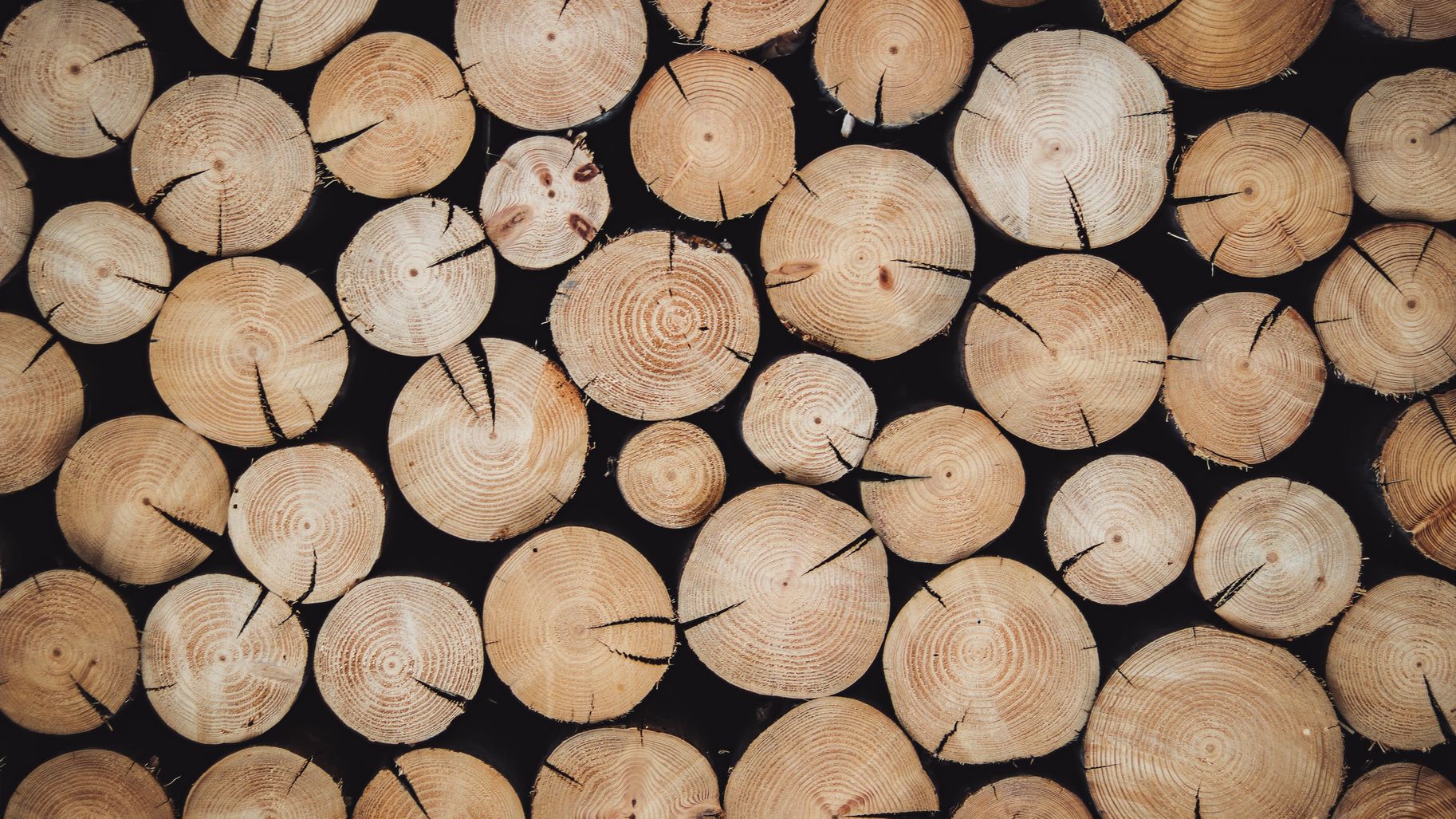AF Filières : a tool for understanding different biomass industries
Date:
Publish on 17/01/2020

With today’s focus on energy transition, the development of bioenergies is a strategic challenge for territories and communities. The AF Filières project, which launched in September 2017, is focusing on the flows of biomass (raw materials or manufactured products from forestry or agriculture). The goal is to offer local authorities a coherent overview of available resources and current uses. Jean-Yves Courtonne, a post-doc working with the STEEP team, explains: “If you imagine a community that is wondering whether to establish new wood-burning heat-generation system, it will need to know what timber resources are available locally and which industries are currently using them (construction, manufacturing, etc.). The aim of our work is to gather such data and present it in a coherent way, so as to avoid future conflicts over uses.”
Jean-Yves Courtonne has been working on this material flow analysis methodology for a number of years. While studying for his PhD at the Inria centre in Grenoble, he worked with the Auvergne-Rhône-Alpes Énergie Environnement agency (AURA-EE) to collect data, and explore whether they would be interested in his work. “My PhD thesis was all about demonstrating feasibility. AURA-EE showed interest in this resource-flow approach, which had not been extensively explored and is complementary to energy/carbon balance approaches. We filed a joint bid in response to an ADEME call for projects (French Environment and Energy Management Agency, with the aim of expanding my PhD work and bridging the gaps between research questions and the actual needs on the ground.” The STEEP team has provided the mathematical models and the computing power, and AURA-EE manages interactions with regional stakeholders such as energy and timber producers.
Initially the AF Filières project focused on the timber and wood biomass sector. Working with industry experts, the research involved gathering existing data, reconciling different data points and representing the results as Sankey diagrams. The “reconciliation” phase uses a mathematical model to convert incomplete and incoherent data sets into a coherent material balance. “Data is generally produced and distributed in separate ‘silos’: distinct categories such as resources, processing & manufacturing, imports & exports, consumption. The way we present the data is innovative because it brings together all these flows in one place, which offers real added value for understanding the way the sector works.”
Diagrams have already been published for France as a whole and for each of its 13 administrative regions. “We started on a nationwide scale, because that was where we had the most information. We then scaled-down to look at what was happening on a regional level. In the future, our goal is to drill down to an even more local level, such as a Nature Park or a smaller local authority area.”
Since September, the project has entered its second phase, where regional stakeholders and professionals have been invited to view and comment on the online results, and share their own data. The aim here is to enhance the reliability of the model through the input of field data. “If any region can give us new information, for instance because it has carried out a more advanced study of its own, we can include this data in the model.” With the AF Filières project due to end in October 2019, the team is now looking for further funding to sustain this strategy in the long term, not just looking at wood and timber, but also various branches of agriculture Inria funding, via a “Technological Development Action”, is already being used to recruit an engineer on a 2-year contract, to develop an interactive local data visualisation and collection tool.
Alongside this, AURA-EE is working on a data visualisation platform called TerriStory, which will present data acquired through this research project, among others.